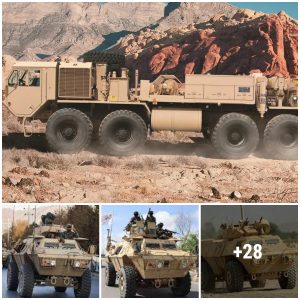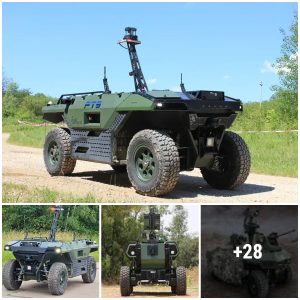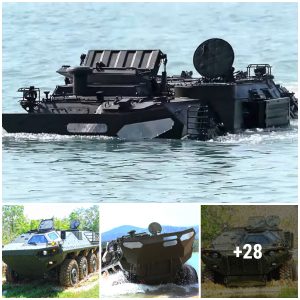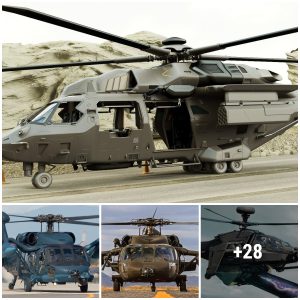The F-111 was a pioneering aircraft. Named “Aardvark” because of its long-nose and terrain-following abilities, the F-111 was a supersonic, medium-range, multirole jet that served with the US Air Force for nearly three decades (and in the Royal Australian Air Force for four decades). First flying in 1964, the F-111 featured a suite of novel technologies.
The Aardvark was originally designed with an A-variant for the US Air Force, and a B-variant for the US Navy. The B-variant was canceled before entering production, whereas the A-variant entered production, becoming the now-familiar, long-nosed Aardvark, which introduced then-novel technology that has since become mainstays of aircraft design – making the F-111’s production something of a watershed moment in aerospace development.
The F-111 was the first sweep-wing plane to ever enter production. A sweep-wing is a wing that can be moved back and forth, in flight, to modify the aircraft’s shape. In effect, a sweep-wing aircraft can enjoy the benefits of both straight-wing (maneuverability at low speed) and swept-wing (supersonic speeds) flight, as needed. The Aardvark’s wings could sweep between 16 degrees and 72.5 degrees. Despite the F-111 being the first sweep-wing ever, the design feature is most closely associated with the F-14 Tomcat, which transcended the aerospace realm to become a pop culture icon when the jet was featured in 1986’s top-grossing film: Top Gun. Sweep-wing technology itself has never become a default in aerospace design, although several prominent military jets have incorporated the feature, including: the Su-17, MiG 23, Tu-22M, Su-24, Tu-160, B-1 Lancer, and the Panavia Tornado.
In addition to sweep-wings, the F-111 also featured afterburners on turbofan engines, and a terrain-following guidance system – each of which are now commonplace. The Aardvark also featured an escape capsule for ejecting the two-person crew. Despite ushering in so many new tech features, the F-111’s abilities did harken a contemporary aircraft, the A-6. Like the A-6 Intruder, the F-111 was operated with a 2-person crew who sat side-by-side. And like the A-6, the F-111 was designed to operate in all-weather conditions, to penetrate enemy defenses, use terrain-following guidance, and deliver ordnance. Of course, the A-6 was somewhat slow and pondering, whereas the F-111 could sweep the wings back, hit the afterburners, and go supersonic.
The F-111’s initial deployment went poorly; the jet was delivered with a lurking, undetected problem.
First delivered to the USAF in 1967, the F-111 made its combat debut in March 1968 as the Vietnam War was ramping up. By the end of March, two F-111s had been lost. The cause of the crashes was a mystery as the wreckage was never recovered. Then, in April, a third F-111 crashed. Combat operations were ceased. The third crash was properly diagnosed; a hydraulic control-valve rod for the horizontal stabilizer caused the aircraft to pitch up uncontrollably. When the rest of the fleet was inspected, 42 other aircraft were found to have the same design flaw. It seemed likely that the flaw had downed the first two F-111s in March. The F-111 fleet would not become operational again until 1971. Delivering ordnance on target effectively during Operation Linebacker and Operation Linebacker II, the North Vietnamese began referring to the Aardvark as “Whispering Death.”
The USAF retired its F-111 fleet in 1996. The RAAF, however, kept the Aardvark in service until 2010. While a dozen or so of the Australian Aardvarks were preserved in museums, 23 of the jets were buried; asbestos had been used to bond the Aardvark’s fuselage – it was safer and cheaper to just bury the old jets – an ignominious end for a technological pioneer.





